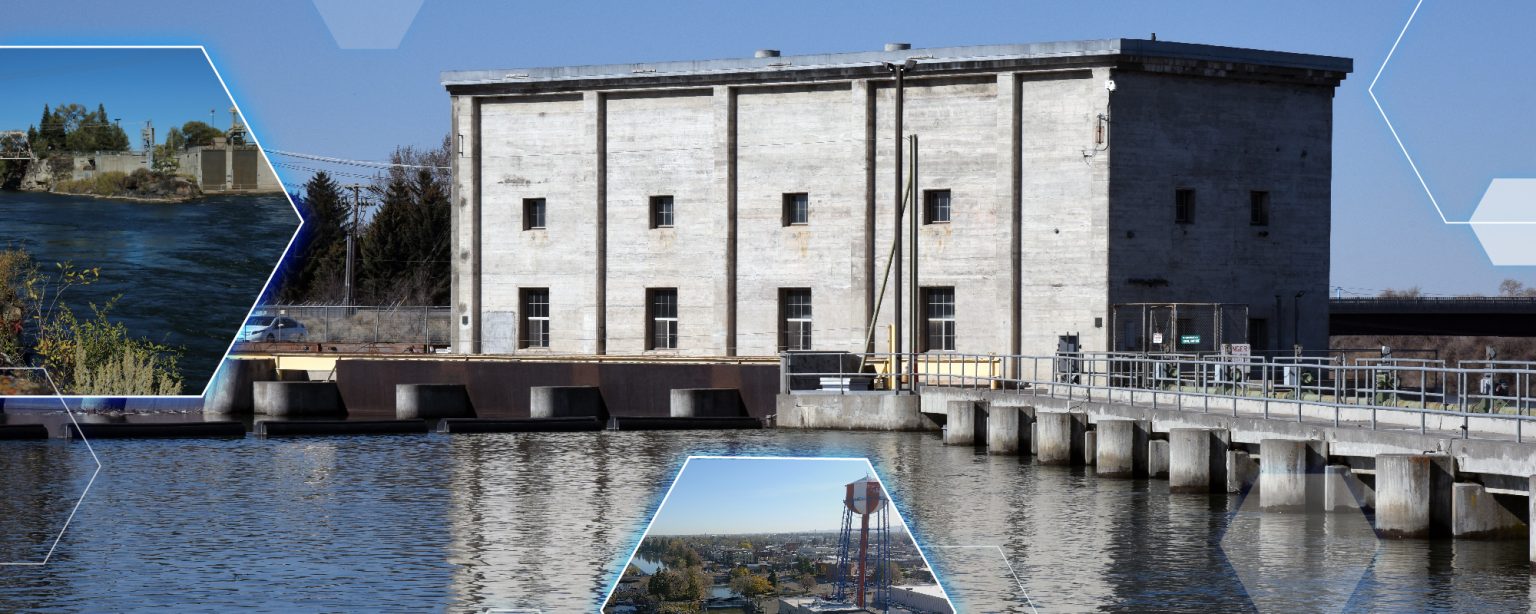INL News Release
FOR IMMEDIATE RELEASE
April 4, 2022
NEWS MEDIA CONTACTS:
Michelle Goff, (208) 932-6581, [email protected]
Abby Todd, (208) 604-2229, [email protected]
IDAHO FALLS, Idaho — Researchers at Idaho National Laboratory are looking for field demonstration partners to help investigate how regional hydropower operators can integrate industrial-scale energy storage to make their plants capable of providing local emergency power during blackouts.
INL conducted its first field demonstration for the U.S. Department of Energy’s Water Power Technologies Office in April 2021 with Idaho Falls Power, a municipally owned utility. INL documented the findings in a technical report. The research team is now soliciting proposals from utilities around the United States, which get roughly 7% of its electricity from hydropower generation.
Under normal conditions, plants connected to a grid help each other as needed through a process called balancing. During a regional blackout, however, it is advantageous to have a power plant switched to “islanded” mode to serve only critical customers nearby. This is done with a “black start” – restoring local power, independent of the grid, to emergency services like hospitals, fire stations and police.
Black starting and islanding small hydropower plants has proved difficult because they are slow to respond to changes in demand and need assistance smoothing out the sharp spikes and dips that typically occur when restarting a grid. To get around this, INL has developed a system that leverages ultracapacitors – large industrial storage devices that can quickly release electricity on demand – and innovative controls. Unlike batteries, which take hours to charge, ultracapacitors can deliver quick bursts of energy, and then just as quickly capture excess power. This relieves pressure on hydropower plants, giving them more time to catch up to changes in demand.
“This demonstration is using hydropower plants in a new way to meet customer needs in an emergency situation,” said Thomas Mosier, INL energy systems group lead.
In their 2021 field demonstration, INL and Idaho Falls Power used the city’s five small hydroelectric plants on the Snake River, which serve between 25% and 30% of the city’s total electricity. The tests showed the ultracapacitors would work as expected when connected to the hydroelectric plants.
“It opens up the possibilities for a lot of communities that have small hydropower plants like ours,” said Ben Jenkins, who managed the project for Idaho Falls Power. “It helps Idaho Falls, but it could have a much broader impact across the national grid.”
In its call for new partners, INL asks applicants about their generation assets and events that have motivated them to investigate emergency power generation capabilities.
Interested parties should complete the partnership call form, which can be found on INL’s Water Power website, no later than May 2. Potential partners can also learn more by contacting Mosier at [email protected].





